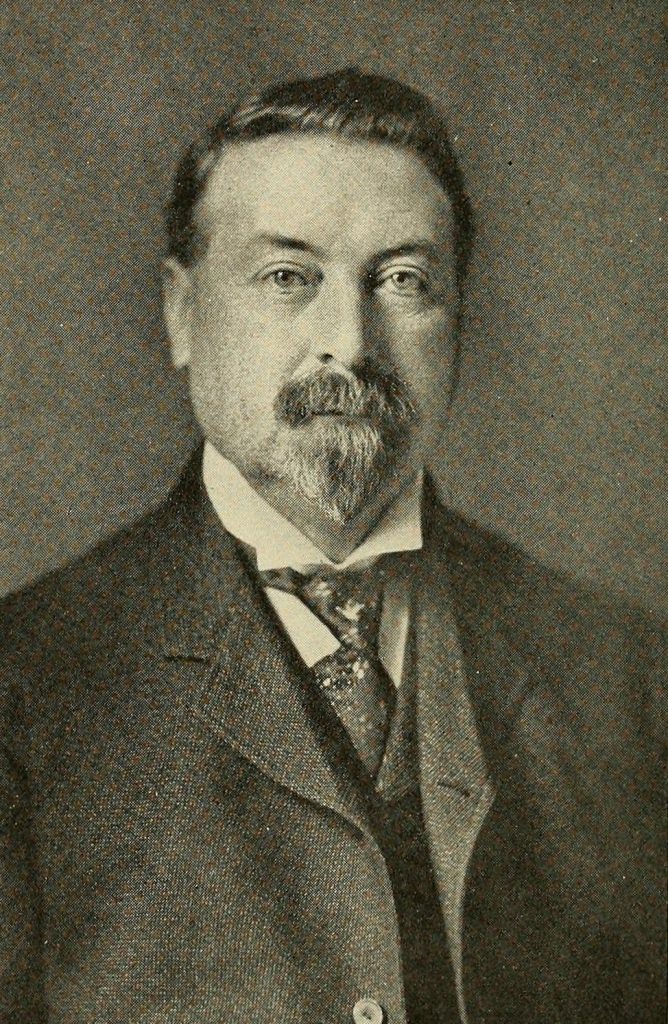Cultivating America’s Gardens, our newest exhibition produced with Smithsonian Gardens is now open in the National Museum of American History and features many colorful seed catalogs from our collection. This post, highlighting seedsman John Lewis Childs, was written by social media intern Trudi J. Antoine.

While some children played games and chased the pavement, John Lewis Childs pursued a dream of playing in the dirt. Starting from the ground up, horticulturist and businessman, John Lewis Childs made his way as a young lad to East Hinsdale, a town bordering Queens, New York, with only a glimmer of where his path would take him. He was only seventeen.
Born on May 13, 1856, John Lewis Childs grew up and lived in Buckland, Maine. Through his desire to become a specialist in floriculture, Childs traveled from Buckland to East Hinsdale to practice under the tutelage of established seed and flower grower, C.L. Allen. In 1874, after completing his apprenticeship, Childs became his own man and began a seed catalogue business in 1875, that soon blossomed into other ventures and opportunities.
His seed catalogues were lavishly decorated and documented the prices of a variety of seeds for plants, flowers and vegetables available for sale. His magazine, The Mayflower, offered gardening maintenance tips and gained an international audience, generating over 23 volumes from 1885-1906. The Smithsonian Libraries holds several of his catalogs, with their covers available for viewing in the digital Seed Catalog collection, dating from 1890 to 1899.

Childs continued to work in East Hinsdale, as his mail order gardening business grew to satisfy daily orders in the thousands. Eventually, Childs became was an international success. He invested in farms, seedbeds, and local institutions like the post office and train station. He purchased land locally and named the area Floral Park, which still exists today as an incorporated village of Nassau County. His love of nature invited the floricultural names of streets and roads like Violet Ave, Calla Ave and Carnation Ave.

John Lewis Childs passed away in March 21, 1921, after dedicating his life to nature and running one of the most successful seed companies in America. His investments in natural technologies supported an entire community: a village that is now home to 16,800 people. His efforts helped to build an industry from the ground up.

Be First to Comment